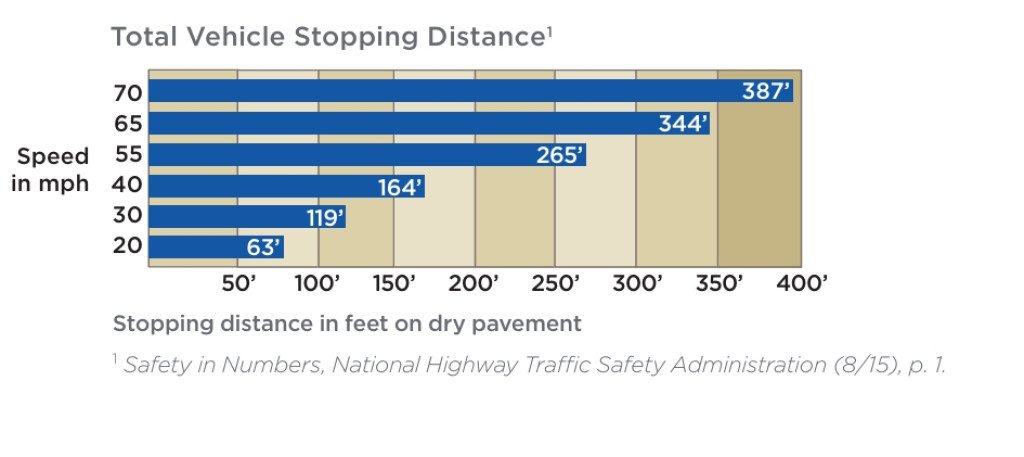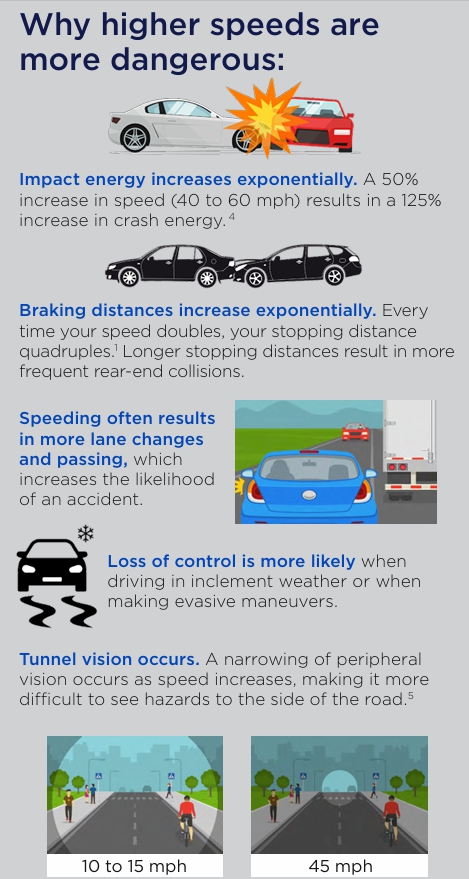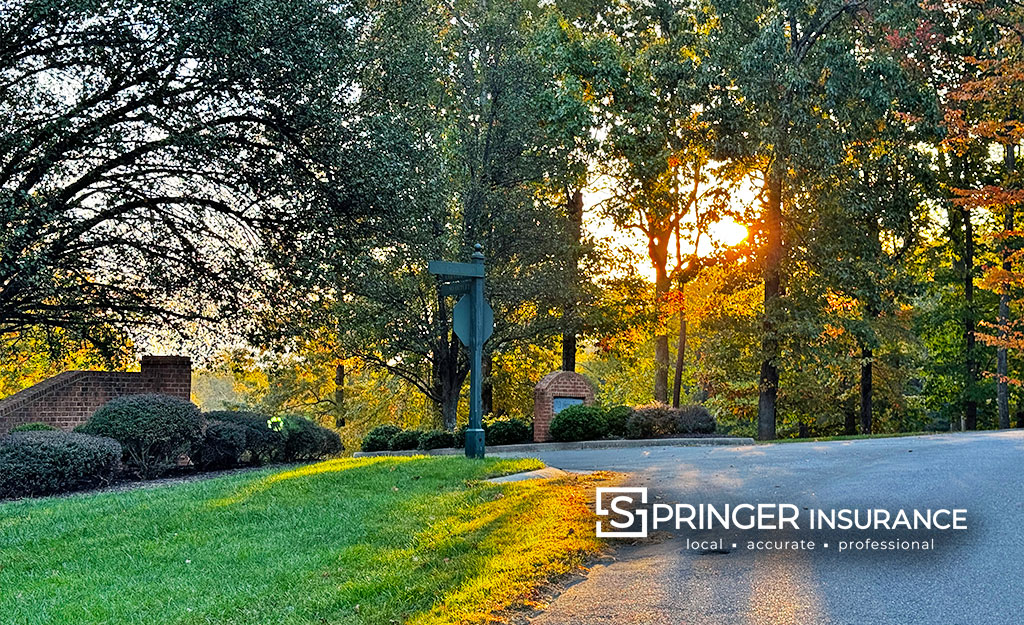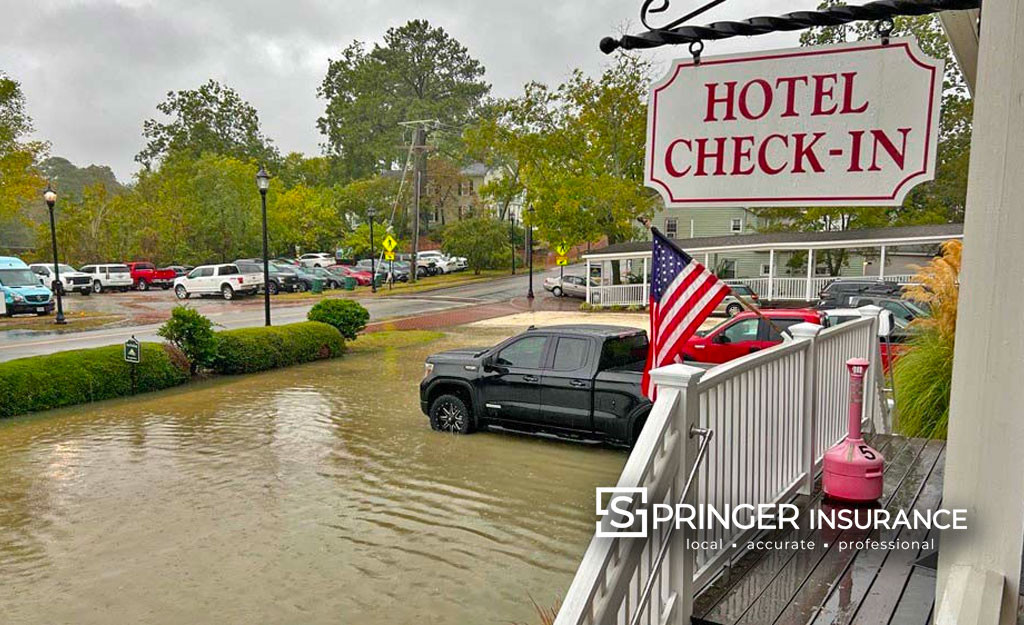
Like my uncle says, "Don't go faster than your Guardian Angel can fly!"
Nicholas Springer
Driving at higher speeds makes it easier to lose control of a vehicle, harder to recover control and robs a driver of critical reaction time. While exceeding speed limits gets less attention than other road safety issues, like drunk driving or texting while driving, it too is dangerous.
Why your drivers should resist the urge to speed.
Here are some key reasons why drivers who choose to exceed posted speed limits are putting themselves and others in danger:
- Higher risk of collision. The greater the speed, the greater the stopping distance (see chart below), the greater the chances of a crash. This translates to higher risk of more severe injuries and property damage as a result of an accident.
-   Speed’s effect on vehicles and equipment. At higher speeds, seatbelts, airbags, antilock brakes, traction control systems or other safety devices may not be effective enough to save a life.
-   Pocketbook issues for drivers. Most states add extra penalties (points, fines) for speeding violations of more than 15 mph above the posted limit.
-   Higher costs. It takes a greater amount of fuel to maintain elevated speeds, and more fuel means more money spent. Plus, because engines are increasingly inefficient at higher speeds, this can mean more wear and tear on you vehicle.
-   Reduced driver reaction time. Speeding drivers rob themselves of time needed to diagnose proper steering and braking reactions to unexpected problems (e.g., sudden animal crossing, tire blowout). Speed also increases the chances for a rollover when swerving.

Please visit the original Blog Post from Nationwide Insurance













